I’ll open with some great news from the government’s petition committee about the ban driven grouse shooting petition. They have confirmed that the issue will be debated in the house of commons and even more pleasing is that they are going to hear evidence on it before hand. Whilst it’s still a long way away from a result, it is at least good to know we are being listened too and that MPs will be informed on the issue before they debate it.
This week I visited Blashford Lakes once again and saw a few things of interest. The first was another example of the fantastically named fungus chicken of the woods.
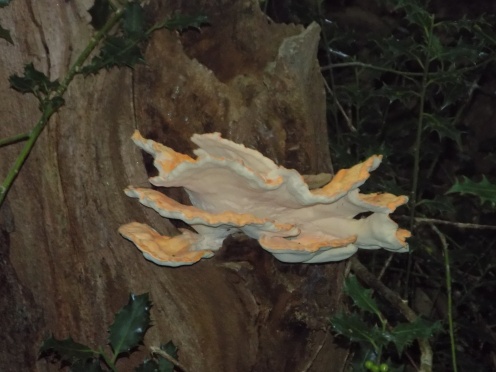
The lakes are gradually getting a little busier as the new season begins but I visited on a day of poor weather so there wasn’t too much to see. I spotted a kingfisher take flight as I entered a hide which is always a wonderful moment. There were plenty of Great Crested Grebes around, which are magnificent birds.
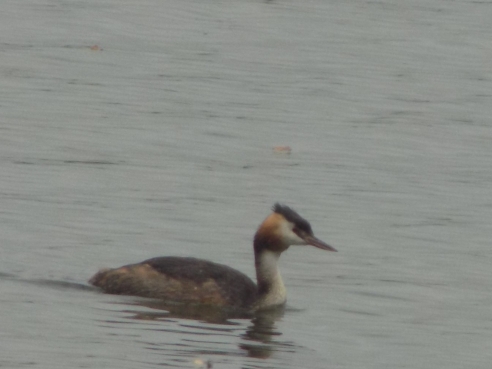
It can often be difficult to see anything clearly at the far side of the lake, especially when the light is fairly poor like it was during my visit. I thought I saw a bird on the far shore but with the awkward light I couldn’t make it out through my binoculars. It was only when I checked my camera when I got home that I realised I had accidentally spotted a Grey Heron.

The woodland hide was also fairly quiet but the usual suspects like chaffinches, blue tits and great tits were around.

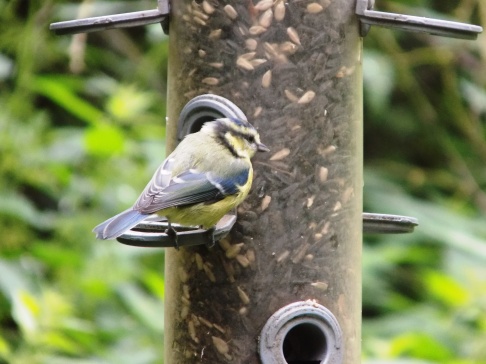
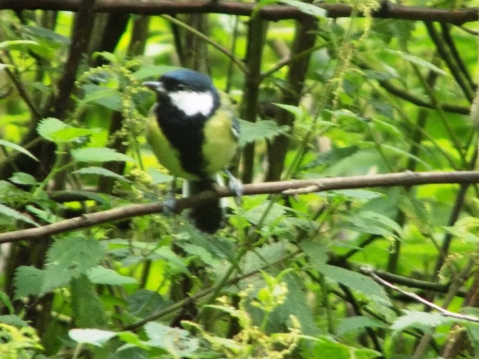
I also saw a single willow warbler and took this photo which I’m really pleased with.

Meanwhile, I’ve noticed that birds in our garden are suddenly coming in larger numbers again. A magpie has been visiting regularly, the first for some time, and every now and then we get a swarm of starlings. The two birds you are most likely to see at the moment are house sparrows and collared doves.
There are almost always lots of sparrows in sight from our upstairs windows but they take some spotting as they have been hiding amongst the buddleia and other bushes of the nearby gardens.
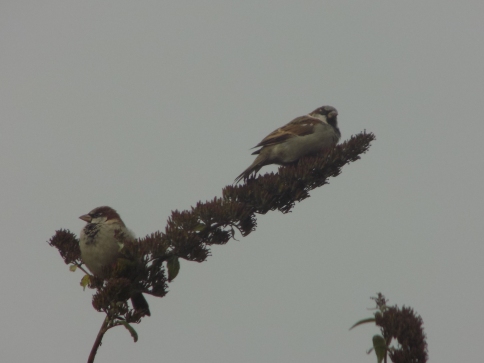
They tend to perch just above the bird feeders before dropping down to eat the seed mix.

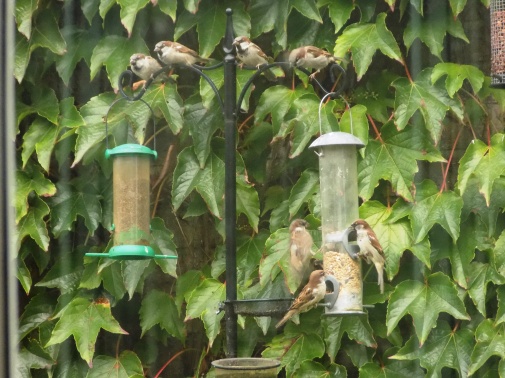
The collared doves are perhaps our most regular visitor but I’m not sure I’ve ever seen quite so many at the same time before.
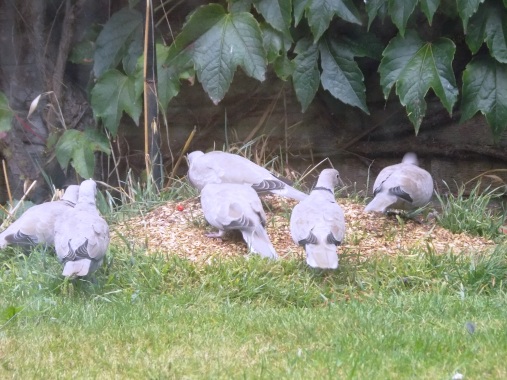
I always find it interesting how the doves have come with a technique to eat out of the bird feeder and over time I’ve noticed more and more individuals doing it. I even noticed a woodpigeon doing it this week for the first time. I wonder if it’s a process of community learning that is taking place, the various pigeons learning from example.


No comments:
Post a Comment